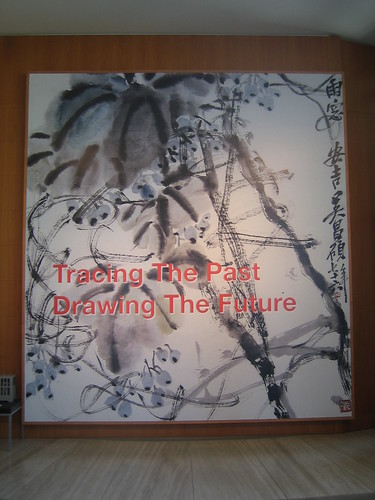
Cantor Arts Center at Stanford University is presenting an exhibition (February 17 through July 4, 2010) that brings to the United States a rare and important group of 20th-century paintings by four Chinese modern masters. The landmark exhibition “Tracing the Past, Drawing the Future: Master Ink Painters in 20th-Century China” presents more than 110 works, and illuminates a turning point in the development of Chinese ink painting during the 20th-century.
Drawing upon paintings and calligraphy on loan from Chinese collections new to American audiences, the exhibition presents monumental portraits, vibrant bird-and-flower painting, and spectacular landscapes by Wu Changshuo (1844–1927), Qi Baishi (1864–1957), Huang Binhong (1865–1955), and Pan Tianshou (1897–1971). Collectively known in China as the ‘Four Great Masters of Ink Painting,’ these artists faced the dual challenges of negotiating the impact of encounters with the West, while inventing new directions for long-held practices of ink painting.

Pan Tianshou
This Land So Beautiful, 1959.
Hanging Scroll. Ink and colors on paper. Pan Tianshou Memorial Museum.

Wu ChangshuoFlower and Vegetables album:
Narcissus, Eggplant, Grapevines, Lotus, Chrysanthemum, 1904.
Album Leaves. Ink and colors on silk. Zhejiang Provincial Museum.

Huang Binhong
Dry Brush Landscape (detail), 1952. Hanging Scroll.
Ink and colors on paper.
Zhejiang Provincial Museum.

Qi Baishi
Ink Crabs (detail), 1953.
Hanging Scroll. Ink and color on paper. Zhejiang Provincial Museum.
More works by these four masters can be seen below:
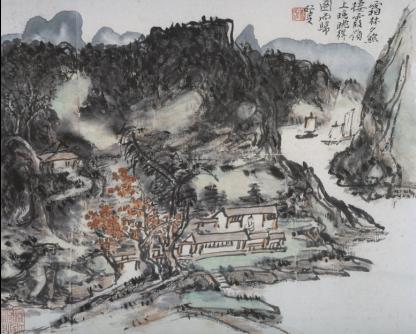
Landscape
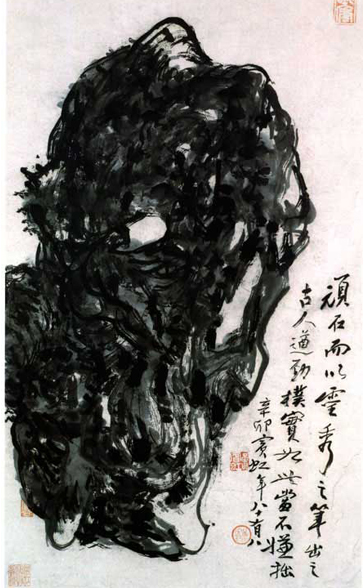
Landscape
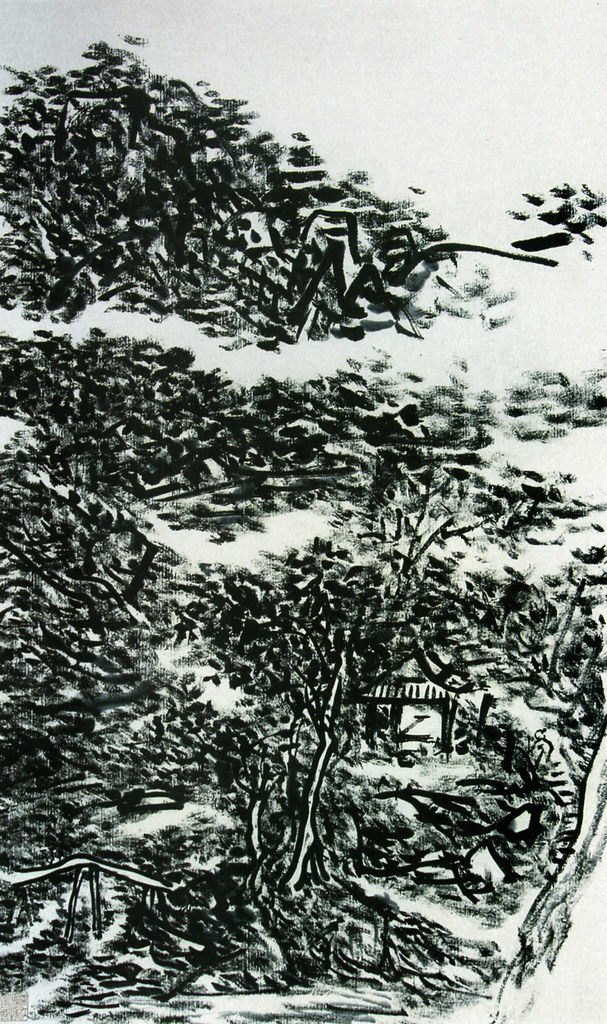
Landscape
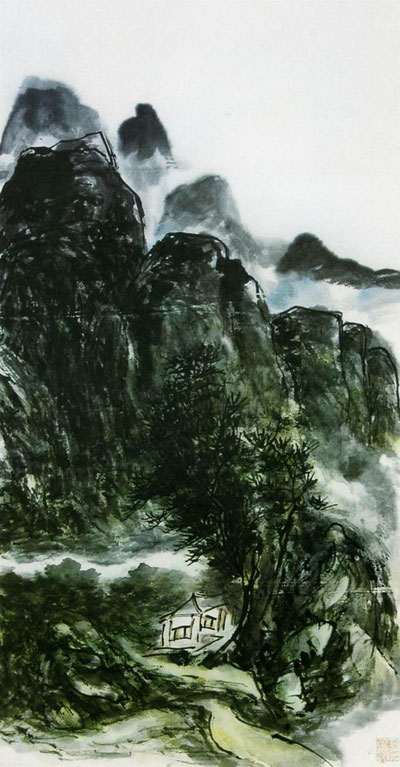
Landscape
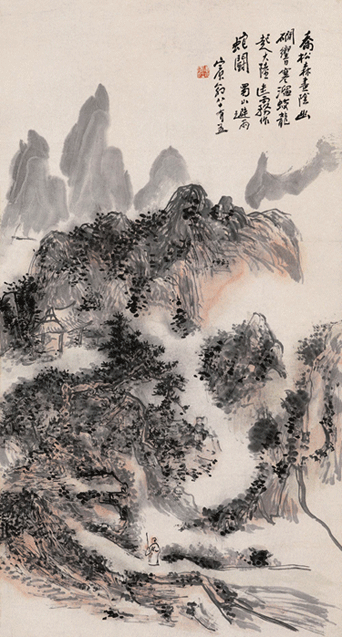
Avoiding Rain in Sichuan Mountains
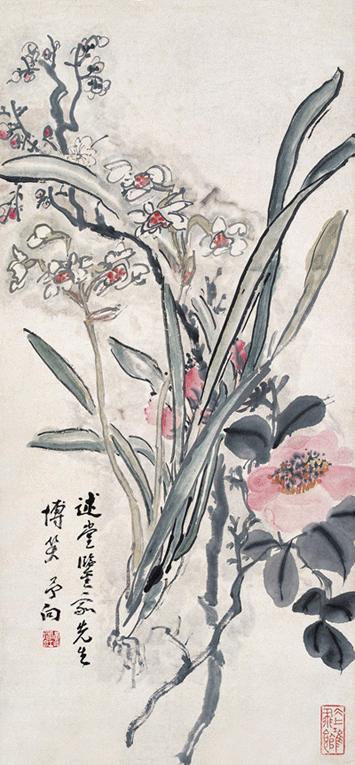
Three Friends
潘天寿 PAN Tianshou:
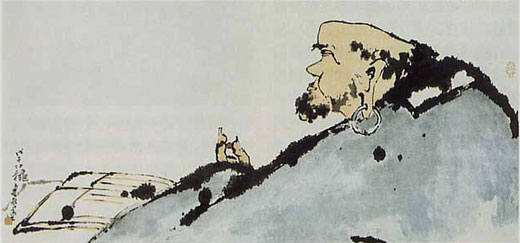
Monk Reading
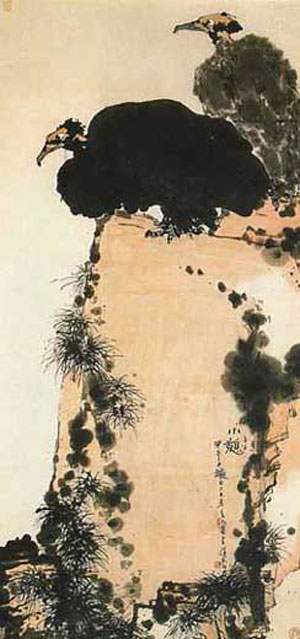
Rest
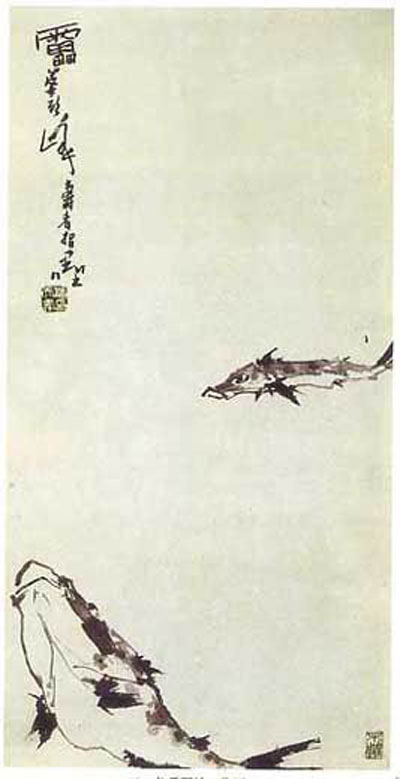
Fish
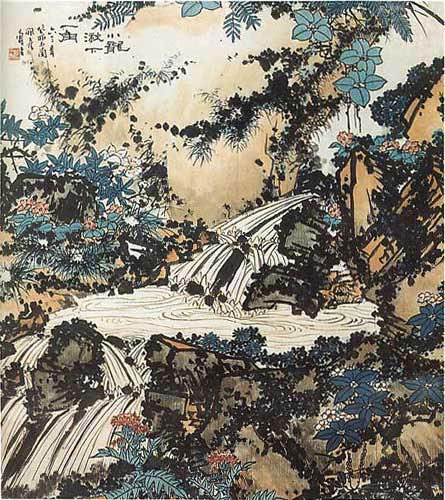
Cascade

Lotus
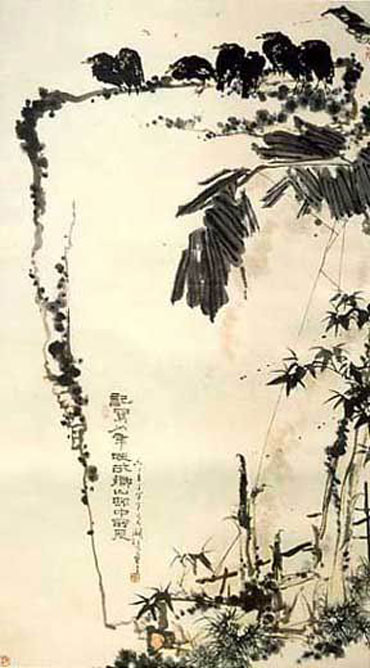
Homeland
齐白石 QI Baishi:
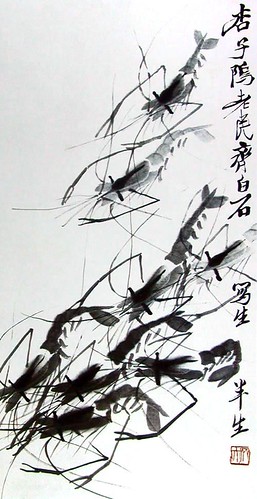
Shrimps
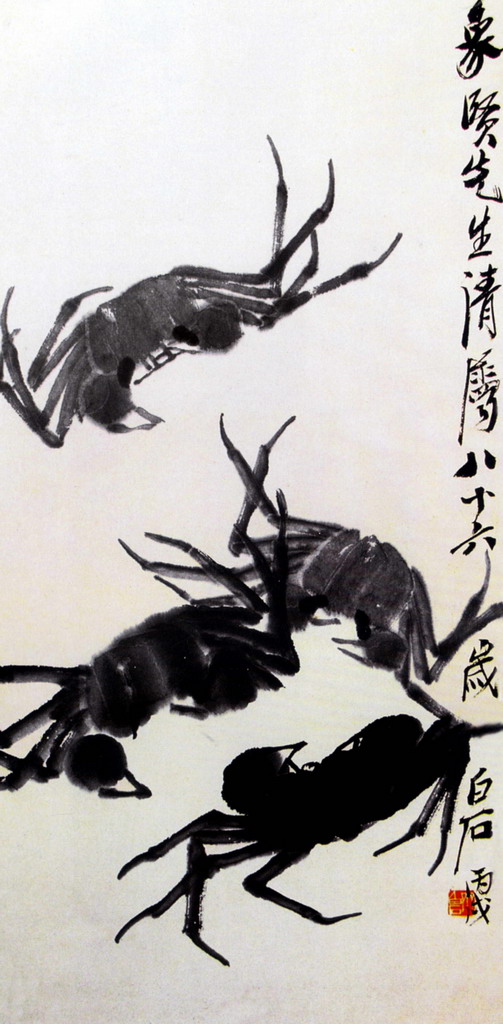
Crabs
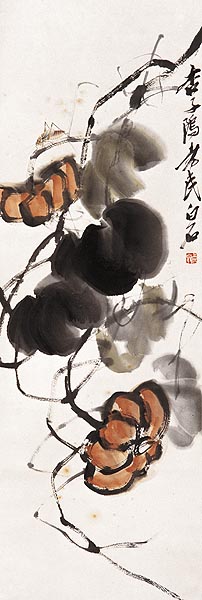
Insects and Pumpkins
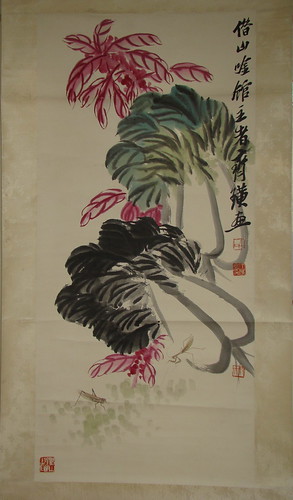
Cabbages

Listening to Frogs' Croaking
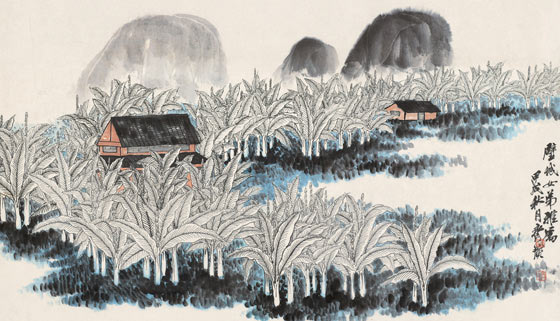
Huts

Leaves and Insects
吴昌硕 WU Changshuo:
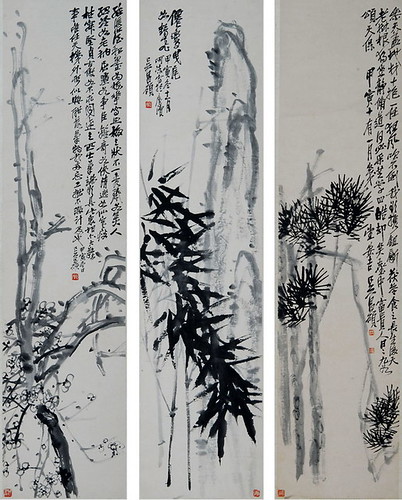
Three Wishes
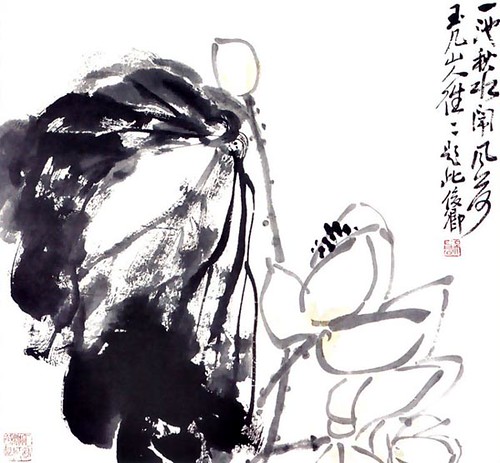
Lotus
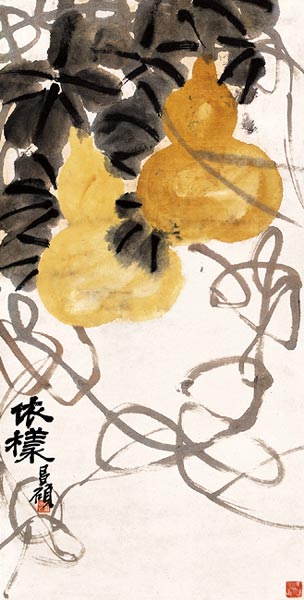
Copying

Plum Flowers

Stone and Bamboo
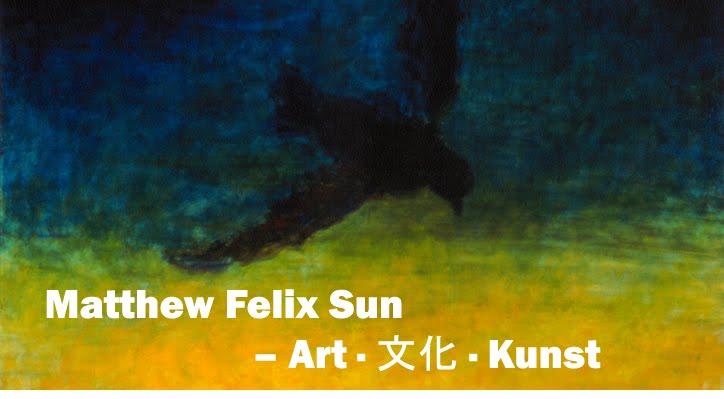





More about this exhibit can be read on SFGate.com Article
ReplyDelete